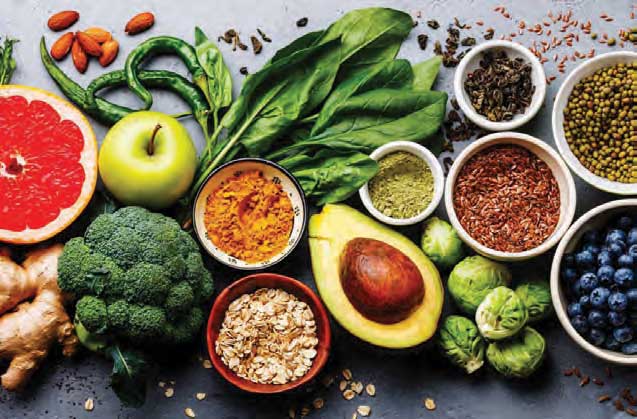
Are you over the age of 65 and have been diagnosed with diabetes or pre-diabetes? If yes, you should implement modifications to your diet daily to decrease its effect on your body. Even minor dietary changes can help in reducing your diabetes risk.
The first step in the prevention is to understand how today’s food choices can impact your blood sugar and metabolism. Foods should not be classified as ‘good’ or ‘bad,’ but on the types and amount of food you are consuming. Sometimes we take in certain foods in excess, foods that should only be thought of as “sometimes” foods. “Sometimes” foods and beverages are highly processed, refined, and sugary. You should limit these types of foods and only consume them for occasional enjoyment. Eating foods such as vegetables and fruits, whole grains, and lean proteins with the occasional splurge of “sometimes” foods can help you understand how foods affect blood sugar levels
The Facts
- Almost 1/3 of adults over the age of 65 in the U.S. have diabetes, with 50% of that 1/3 being undiagnosed.
- An additional 1/3 of adults have pre-diabetes.
- Aging adults are especially at risk for poor nutrition caused by bad eating habits, loss of appetite, and decreased access to healthy foods because of time, money, or limited mobility.
- The best way to manage diabetes is to self-manage.
Diabetes To Do List
- Start by having a conversation with your physician to learn everything you can about diabetes and preparing a diet that will control your blood sugar.
- Talk with your community Dietitian to review your current dietary choices and set-up a meal planning process.
- Plan every meal the day or two before.
- Ensure that your planned meal fits into your nutritional goals.
- Try not to make last-minute meal choices that do not include the goals you have set for yourself.
- Make one or two dietary modifications and set obtainable goals for yourself. An example might be to stop eating cookies or cake unless it’s a special occasion.
- Review your goals regularly with your physician and community Dietitian and add new goals as you attain the ones you have set.
- Ensure you are taking care of your feet and skin:
- Inspect your feet every day. Look for cuts, blisters, calluses, red spots, swelling, or any other abnormal issues. Use a mirror to see the bottoms of your feet. If you have difficulty seeing all areas of your feet, ask for assistance from staff or family.
- Protect your feet by washing them every day. Use a mild soap with warm water and thoroughly dry. Use lotion instead of powder to keep the skin smooth and moisturized to prevent cracks or fissures. Avoid the use of lotions between toes; It can create a moist breeding ground for bacteria and lead to wounds that are difficult to heal.
- Prevent elevated blood sugars, which can lead to a loss of sensation to your feet, leading to uncared for wounds. Report any findings of abnormalities immediately to your health care provider.
Healthy Foods to Control Your Blood Sugar
- Almonds
- Beans
- Citrus Fruit
- Fish and Shellfish
- Oat Bran
- Apples
- Berries
- Dark Chocolate
- Kale
- Peanut Butter
- Avocados
- Broccoli
- Eggs
- Lentils
- Yogurt






 © 2025 Kirby Pines LifeCare Community. All Rights Reserved |
© 2025 Kirby Pines LifeCare Community. All Rights Reserved | 